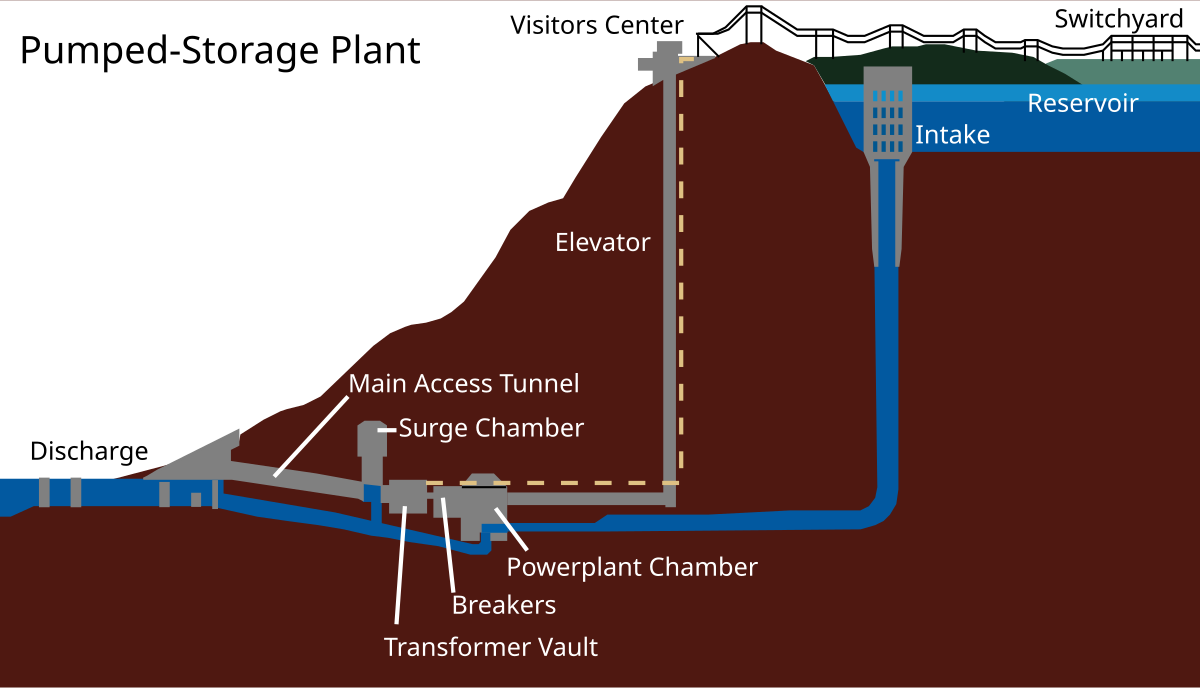- Joined
- Dec 27, 2014
- Messages
- 59,458
- Reaction score
- 39,041
- Location
- Best Coast Canada
- Gender
- Male
- Political Leaning
- Slightly Liberal
Theme Thread - GW -New/old technology - ecosystems collapsing -disease spreading - hunger increasing etc
Climate Change is driven by the world's GG emissions. A man-made threat
This thread is NOT for GW/Change deniers
Now we shall see if we can have a Themed Thread upstairs

 www.greenbuildingadvisor.com
www.greenbuildingadvisor.com

 en.wikipedia.org
en.wikipedia.org
Climate Change is driven by the world's GG emissions. A man-made threat
This thread is NOT for GW/Change deniers
Now we shall see if we can have a Themed Thread upstairs
To help accommodate the increased supply of wind, Spain’s utilities have turned not to high-tech, 21st-century batteries, but rather to a time-tested 19th-century technology — pumped storage hydroelectricity. Pumped storage facilities are typically equipped with pumps and generators that move water between upper and lower reservoirs. A basic setup uses excess electricity — generated, say, from wind turbines during a blustery night — to pump water from a lower reservoir, such as behind a dam, to a reservoir at a higher elevation. Then, when the wind ceases to blow or electricity demand spikes, the water from on high is released to spin hydroelectric turbines.
That’s precisely what the giant Spanish utility Iberdrola has done with the expansion to its $1.3 billion Cortes-La Muela hydroelectric scheme, completed in 2013. The company uses surplus electricity to pump water from the Júcar River to a large reservoir on a bluff 1,700 feet above the river. When demand rises, the water is released to generate electricity. The 1,762-megawatt pumped storage generating capacity is Europe’s largest and is part of a hydroelectric complex capable of powering about 500,000 homes a year.

For Storing Electricity, Utilities Turn to Pumped Hydro - GreenBuildingAdvisor
In the past decade, wind energy production has soared in Spain, rising from 6% of the country’s electricity generation in 2004 to about 20% today. While that is certainly good news for boosters of clean energy, the surge in renewables has come with the challenge of ensuring that electric power...

Pumped-storage hydroelectricity - Wikipedia
Last edited by a moderator:




